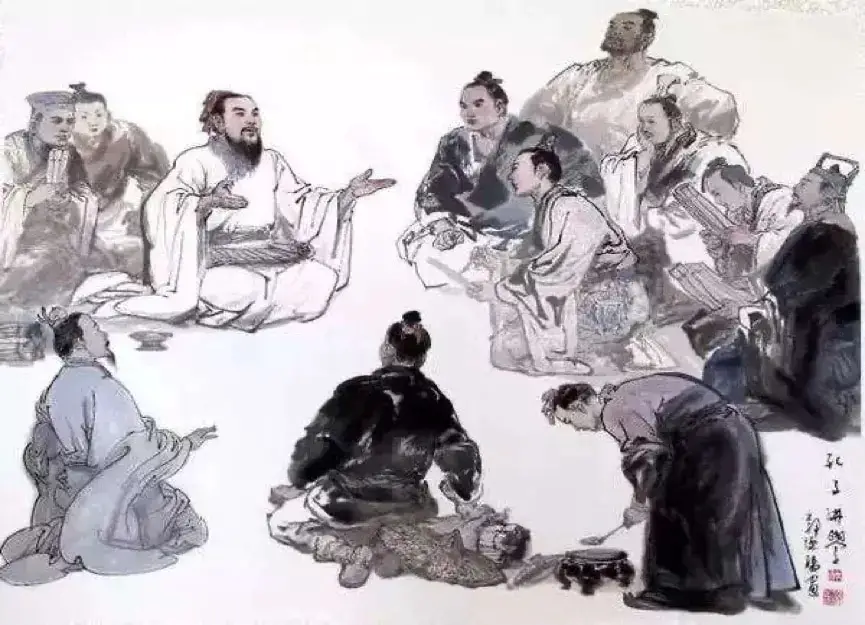A hundred schools of thought are the schools and philosophers that flourished from 770 to 221 B.C.E. This was the era of great intellectual and cultural expansion in ancient China. It happened during the warring state period, known in its earlier part as the Spring and Autumn period. The term describes a struggle between different schools of thought regarding morality, society, and the state. The most important school of thought of this time are Confucianism, legalism, Daoism, Mohism, and other schools such as logicians and Ying yang. In this article, we will look more into the various schools of thought, why they were created, the founders, and the main philosophies.
What philosophy came from the 100 schools of thought in ancient China

A hundred schools of thought have various philosophies that have similarities and differences. But, the three main ones are as follows.
Confucius was the founder of Confucianism. It is one of the most influential philosophies in Chinas History. It focuses on morality, respect for the community and personal ethics. He requested people to establish a community ruled by standard behavior and manners. He strived to bring back traditional values of benevolence, ritual and propriety in Chinese society.
This philosophy, founded by Mozi, promotes impartial caring on a reciprocal basis. Meaning every person should care for other individuals equally regardless of their relationship with them. Also, it suggested the practice of political relationship of dependence or mutual benefit between states.
The founder of Taoism is Laozi. He understood the ways of nature, the Taos, and the origin of the world. The central practices of these philosophies focus on universal, peaceful, and holistic principles such as living in harmony with natural order and nature.
Why was the hundred schools of thought created
The creation of all the hundred schools of thought came as a response to practical conditions. The philosophers were either scholars or government officials traveling from one state to the other to offer various ideas for social reform. Their way to express this idea was through official documents, short treaties, or conversations to set the pattern for future philosophers.
Hundred schools of thought disappeared
During the Qin dynasty, the various schools of thoughts were suppressed, except for legalism. However, later writers preserved the fragments of the founders’ work and their concepts. But, during the Han dynasty, the freedom of speech was restored, and the repressive policies of Qin dynasty were lifted. As a result, the schools came back to light.
Hundred schools of thought summary
The school of thought had both major and minor schools. Among the various schools, the schools of thought Confucianism, Taoism, and legalism would gain influence and prominence. While the school of medicine was the least famous. All the major schools of thought continue to inform Chinese culture and shape the philosophies, personal lives, and business practices of people worldwide.
To sum up, the school of thoughts scholars created various schools and served different rulers. The famous schools were the Confucian school, Taoist school, Mohist school, and legalist school. They were vital as the philosophers were trying to use them to make peace. The philosophies had their differences and similarities. But, they individually and collectively influenced Chinese society and the world.